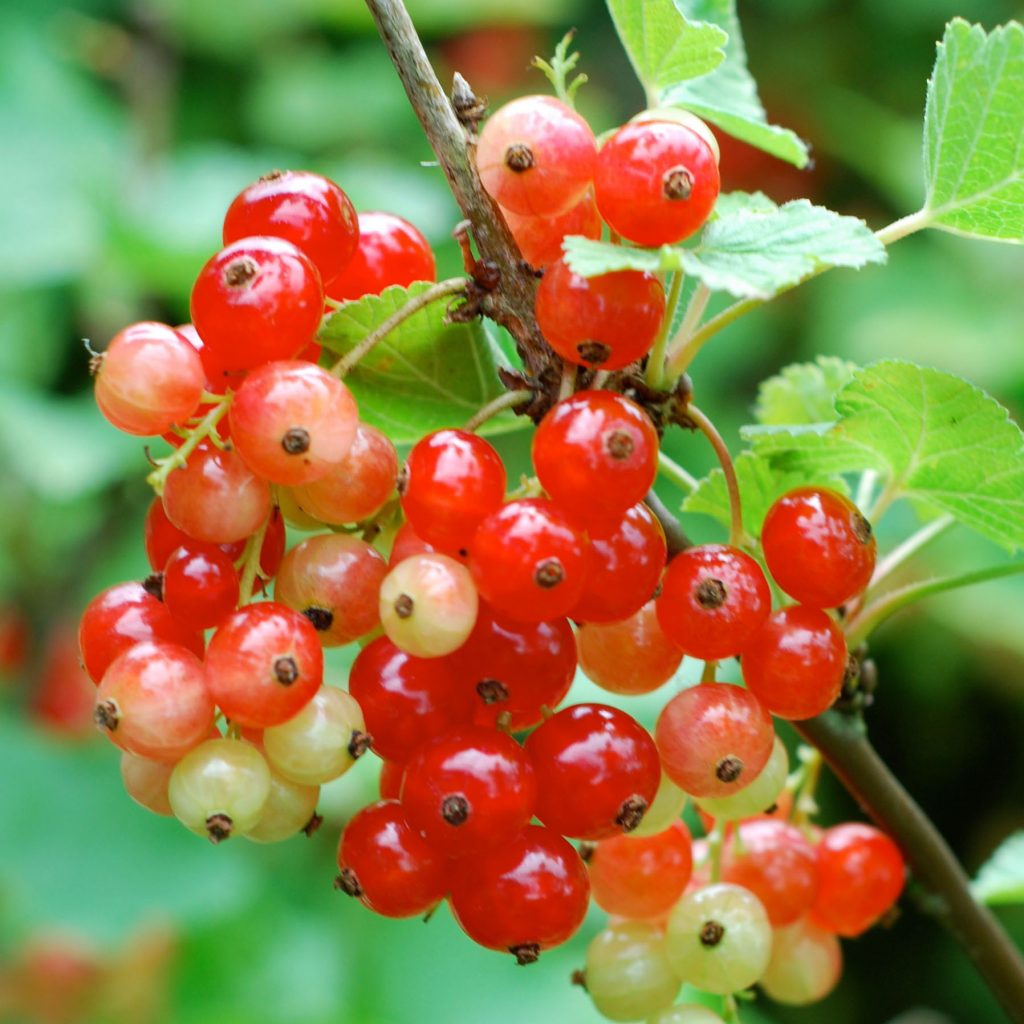With their crystal clear and vibrant colours, sweet and savoury jellies make delicious accompaniments to meats, poultry, and as an ingredient in baking. As with jams, sugar is the principle preservative, added to the fruit juice in the correct proportions, otherwise the jelly may not set well or keep for more than a month or so. Fruit high in pectin and acid make the best jellies; black and red currants, gooseberries, damsons and quince. Cooking apples are often mixed with herbs or spices to lift the flavour.
sweet and savoury jellies make delicious accompaniments to meats, poultry, and as an ingredient in baking. As with jams, sugar is the principle preservative, added to the fruit juice in the correct proportions, otherwise the jelly may not set well or keep for more than a month or so. Fruit high in pectin and acid make the best jellies; black and red currants, gooseberries, damsons and quince. Cooking apples are often mixed with herbs or spices to lift the flavour.
Wild berries; blackberries and elderberries lack pectin but make good jellies when combined with cooking apples. Cherries, rhubarb, strawberries and fruit with poor setting properties are unsuitable for making into jellies alone. If they are used, pectin should be added, but the flavour of the jelly would generallybe compromised. A jelly is less economical to make than jam, as only the juice of the fruit is used, but worthwhile if you have a glut.
A pectin test will reveal the quality of the pectin in the juice. To test for pectin , take a spoonful of the juice and mix it with a tablespoon of methylated spirit. Swirl together and look for a large jelly blob. The larger the blob, the greater the pectin. The juice is brought to a boil, the sugar is added and the jelly is boiled to a set. I prefer to work with no more than 900ml of juice at any one time. A small volume sets within 5 minutes. Prolonged boiling darkens the colour, weakens the flavour and upsets the consistency.
A set test for a jelly is the same as for jam. A spoonful of jelly is taken out of the pan, held over the pan and turned sideways. As the jelly slides down, it suspends on the side of the spoon. The jars ( I always use small, 225g, straight sided jars for jelly) are filled to the brim and immediately sealed with new twist-top lids. The jars are left upright and undisturbed to set. The yield of jelly will vary according to the amount of pulp lost in straining through the jelly bag, but 2.25kg of jelly should be produced for every 1.4kg of sugar. Spices or herbs are often used to flavour apple jelly, e.g ginger, cloves, or mint. These are added during the first stage of cooking the fruit, and sometimes ( if using herbs) at the end. If the recipe includes alcohol as a flavour, it is added just before the jelly is potted.
Competitions
As a Judge, I look for jellies potted in small, straight sided glass jars ( 225g), with airtight seals. A brilliant, rich colour, without scum, air bubbles or haze ( often a problem with apple jellies). The jelly is cut out of the jar with a knife, and placed on a plate. The portion of jelly should hold its shape, but tremble. Savoury jellies, are firmer than sweet jellies. The flavour should be true, full, well-blended fruit and sweetness with sub-acid.
Redberry Jelly with Port
Makes 1.25kg per 900ml of juice
1kg raspberries
1kg red currants
450ml water
Granulated cane sugar
4 tbsp port per 900ml of juice
1.Put the red currants and raspberries into a preserving pan with the water. Gently simmer the fruit until pulpy, about 25 minutes. Mash well and remove from the heat.
2.Scald a jelly bag by pouring just boiled water through the bag and shake out the excess. Attach the jelly bag to the stand and place it over a large bowl.
3.Pour the pulp into the jelly bag and leave to drip into the bowl for at least two hours or overnight.
4.Measure the juice and weigh out 450g sugar for each 600ml of juice.
5.Warm the sugar in an ovenproof bowl in a low oven, 140°C(275°F/Gas 1) for 15 minutes. Remove the sugar from the oven and place clean, small jars in the oven.
6.Pour the juice into a large preserving pan. Bring the juice to the boil then add the sugar. Stir to dissolve. Bring the jelly quickly to a rolling boil and boil hard until setting point is reached.
7.Test for a set after 5 minutes using the flake test Take a spoonful of the jelly out of the pan, hold the spoon over the pan and turn it sideways. As the jelly slides down, it should suspend on the side of the spoon. Alternatively, use a sugar thermometer to check that the jelly has reached 104.5C (220F).
8 As soon as setting point is reached, remove the pan from the heat and leave it to stand for a few minutes. Push any scum from the surface of the pan to the side and remove it with a metal spoon.
9.Gently stir the port into the jelly and pour it into clean warm jars, up to the brim. Seal immediately with new twist-top lids. Leave the jars upright and undisturbed until cold.
For more Preserves Recipes First Preserves: Marmalades, Jams, Chutneys or First Preserves: eBooks
Preserve Your Own – Strawberry Jam
Preserve Your Own – Rhubarb Jam
Preserve Your Own – Strawberry and Black Currant Curd
Preserve Your Own – Sweet Corn and Pepper Relish
Preserve Your Own – Tomato and Pepper Chutney
Preserve Your Own – Redberry Jelly Recipe
Preserve Your Own – Piccalilli
Preserve Your Own – How to Make Syrups and Cordials
Preserve Your Own – Fruit Butters & Cheeses
Preserve Your Own – Preserves as Gifts
